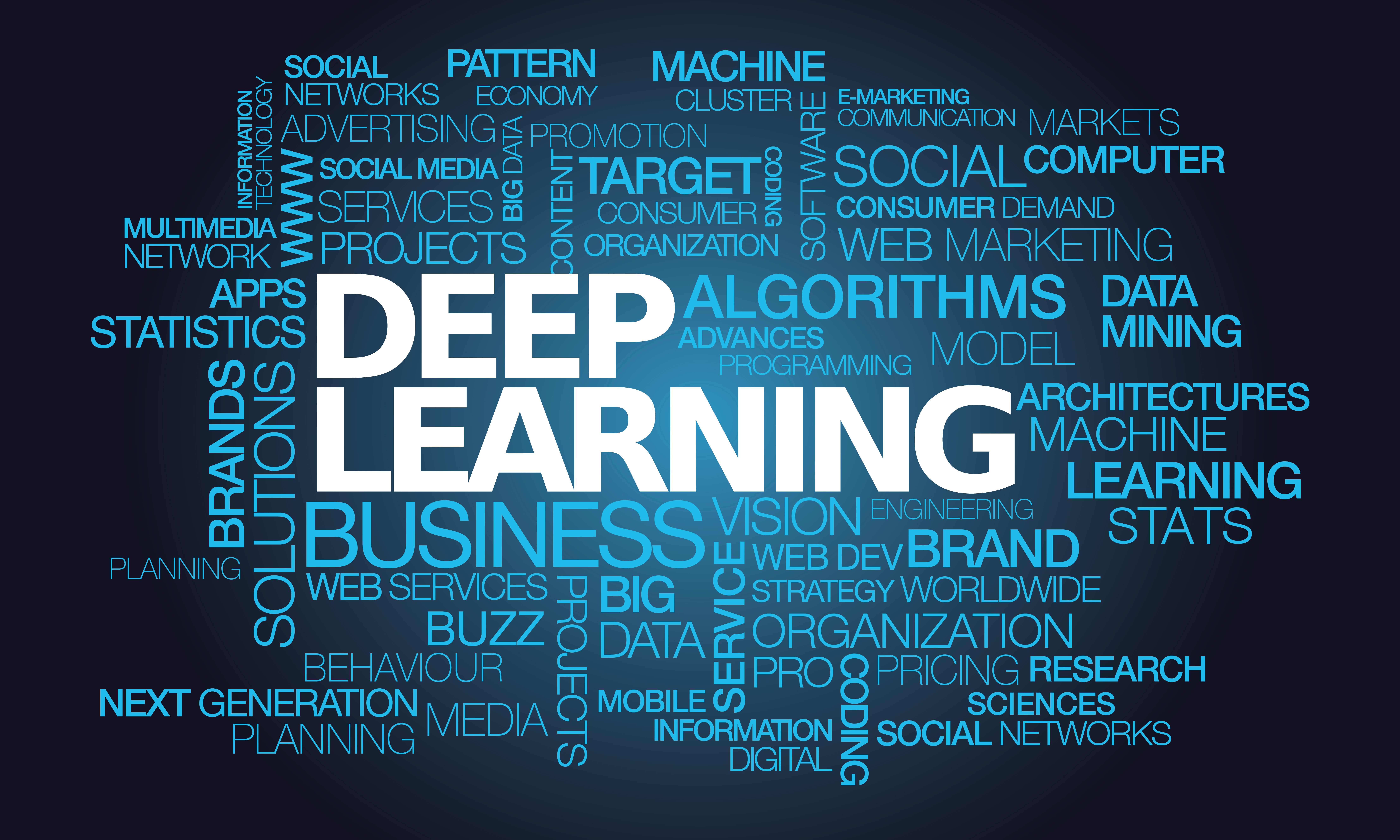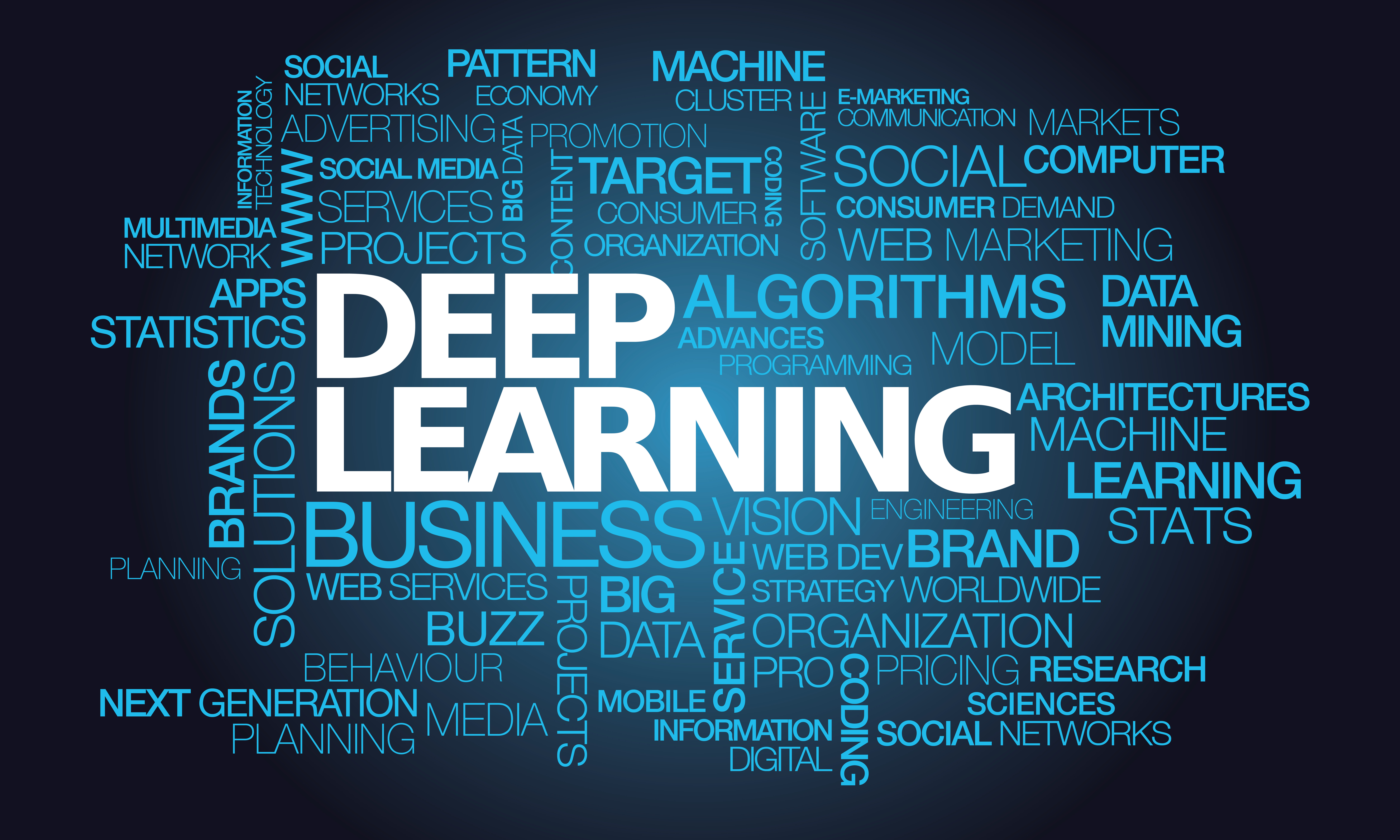
Education is flooded with buzzwords. Those usually represent trending methods or subjects that everyone is talking about, due to their potential to transform education. Some of those words are project-based learning, problem-based learning, critical thinking, 21st century skills, and deep learning. These words are interesting because everyone is talking about them and try to do them in their schools, yet no one knows exactly what they really mean and how to best implement them. The pursuit to engage in them has a powerful driving force – the shifting needs of the new digital economy, dictating a new set of skills, that schools are still trying to figure out how to teach.
The Skills Gap
As time goes by, the urgency to close this skills gap increases. In an article published by the Seattle Times recently, titled: “Deeper Learning: More crucial than ever, and yet too rare,” the reporter attending an Education Writers Association conference, was informed by Harvard Graduate School of Education associate professor, Jahl Mehta, to the need of mastering deep learning because, he said: “The economy has shifted….these are skills that everyone needs.” In a 2011 report by McKinsey & Company, they claim that the use of big data will create huge growth opportunities, that might fail to materialize, due to a shortage of talent. The United States alone could face a shortage of 140,000 to 190,000 people with deep analytical skills, as well as 1.5 million managers that know how to use big data.
PBL Scarcely Adopted
As buzzwords usually go, most schools are trying to be part of the conversation by either adopting or implementing those methods in their schools. Most schools declare in their website some sort of implementation of project-based or problem-based learning or any other trending methodology that everyone is talking about. Yet in most cases, all that is left of the effort, is the narrative on the website and many feelings of frustration that teachers experienced while trying to make project-based learning work in their classroom. Despite mounting evidence that project-based learning is effective in building deep understanding, raising academic achievement and encouraging student motivation to learn, only roughly 1% of US schools are committed to teaching with it and according to a national study, only one in five classrooms in high school learn deeply. Why is it so difficult to implement project-based learning or any of the trending methods that the education world is engaged with.
Difficult Implementation
Teachers lack of experience with PBL is the leading cause for choosing to opt out of it altogether. But, If you ask the brave souls who dare to attempt it, they point out a list of things that need to be tackled when trying to implement project-based learning. Training material is complex and difficult to understand. Multiple sources approach training differently to reflect varied domains. Processes involved, such as how to think critically or devising the right questions, are not easy to understand, not to mention apply. Picking the right software is a challenge and using it effectively takes time and effort. Even if all these have been covered, success depends on students’ ability to conduct effective research. In the end, the entire effort can fall apart if the teacher does not pay attention to group dynamics. In an article titled: “What teens resent: Classrooms controlled by students rather than teachers,” Maureen Downey reports that students are expressing doubt about the effectiveness of group projects, where those who don’t carry their own weight in the project, force others to step in and finish the work for them.
Deep Analytical Skills Still Lacking
Although PBL is known to improve student learning and increase scores by almost 20% in certain schools, assessing it is still done via standardized testing, which does not necessarily lead to the development of deep analytical skills that the economy is looking for. In a deep learning study (2014), conducted by the American Institute for Research (AIR), that was held in 20 PBL focused high schools located in New York and California, they concluded that PBL schools participating in the study were only able to demonstrate an increase in independent learning in mathematics and real world connections in English language arts, compared to non-PBL schools. When measuring complex problem solving, communication, and conceptual understanding of mathematics, there were no significant differences between the two groups of schools, indicating that the design of deep learning instructional strategies used by these schools is still in need of further development.
Afforded Opportunities Are Seldom Taken
Technology is a great part of any modern implementation of PBL. Offerings include a diverse set of project-creation tools, such as: Learning Management Systems (LMS) with a focus on PBL (Edmodo), dedicated project-based learning applications (Wikispaces), and a mixture of content delivery, social network and project collaboration (ePals). All in all they provide opportunities for better thinking and learning because these highly interactive and well designed systems can respond fluently to the user’s needs and progress, further extending the reach of thought. Yet, in spite of their advanced features, the outcome seldom yields those deep analytical skills.
As unexpected as this may seem, an explanation for this phenomena was offered by David Perkins in 1985, in an article titled: “The Fingertip Effect: How Information-Processing Technology Shapes Thinking,” pointing out that when people are looking for answers to a question, “if they reach a line that makes superficial sense, they see no need to develop additional lines of argument or to consider the other side of the case. It is as though avoidance of cognitive load rather than epistemic needs dominates their behavior.” Although these powerful tools have the capacity to improve thinking, in most cases individuals will not advance beyond their superficial features and dive deeply into the more advanced features. For these higher level thinking to be developed, an ideal instructional program would involve direct attention to principles of strategic thinking that users can rely on.
A Focus on External Representations
Instead of getting lost in a series of confusing PBL guidelines that are shifting with every domain, the focus should turn to general aspects of problem solving that are common to all domains. Senior research associate, Ron Richhart, from Harvard’s Project Zero, says that “if educators can make thinking more visible, and help students develop routines around thinking, then their thinking about everything will deepen.” These ideas are not new, they have a solid foundation in research. In the book “Learning to Solve Problems,” David Jonassen says that “the key to problem solving is how the problem solver represents or frame the problem to themselves (Schön, 1979). It appears that form, organization, and sequence of problem representation affect cognitive processes during problem solving. These external representations are so intrinsic to many cognitive tasks that they guide, constrain, and even determine cognitive behavior, altering our thinking to reflect the structure of the external environment (Zhang, 1997). By creating a well designed external representation we provide a surrogate short-term memory that supports learners in attaining the new concepts they are trying to learn.
